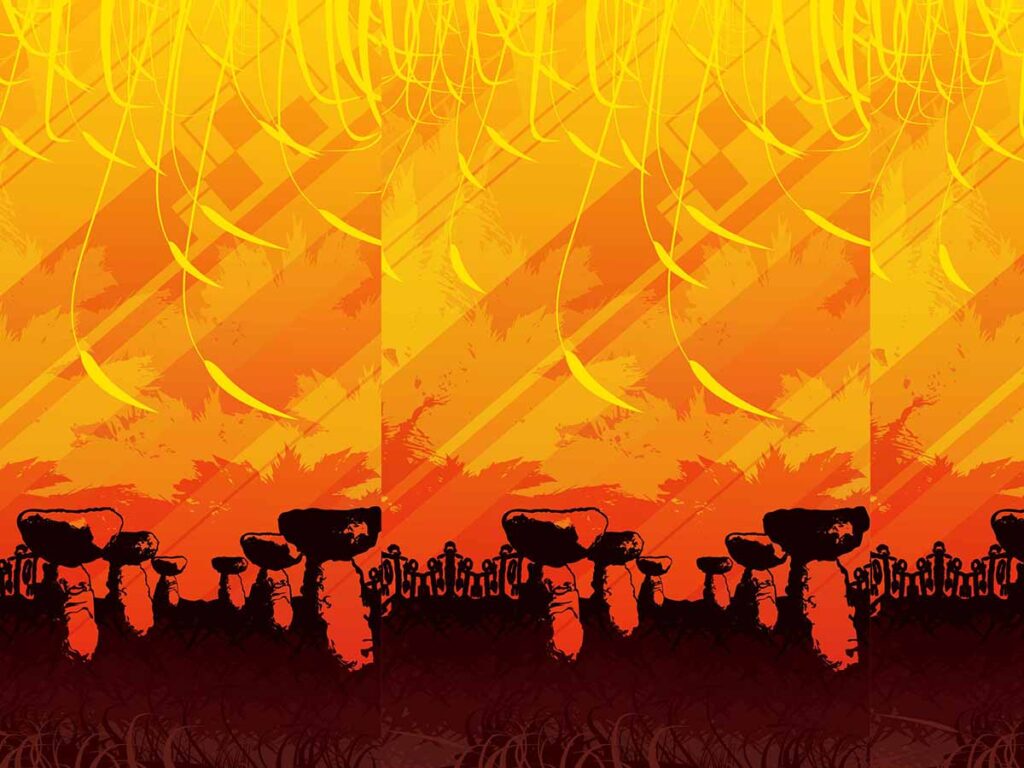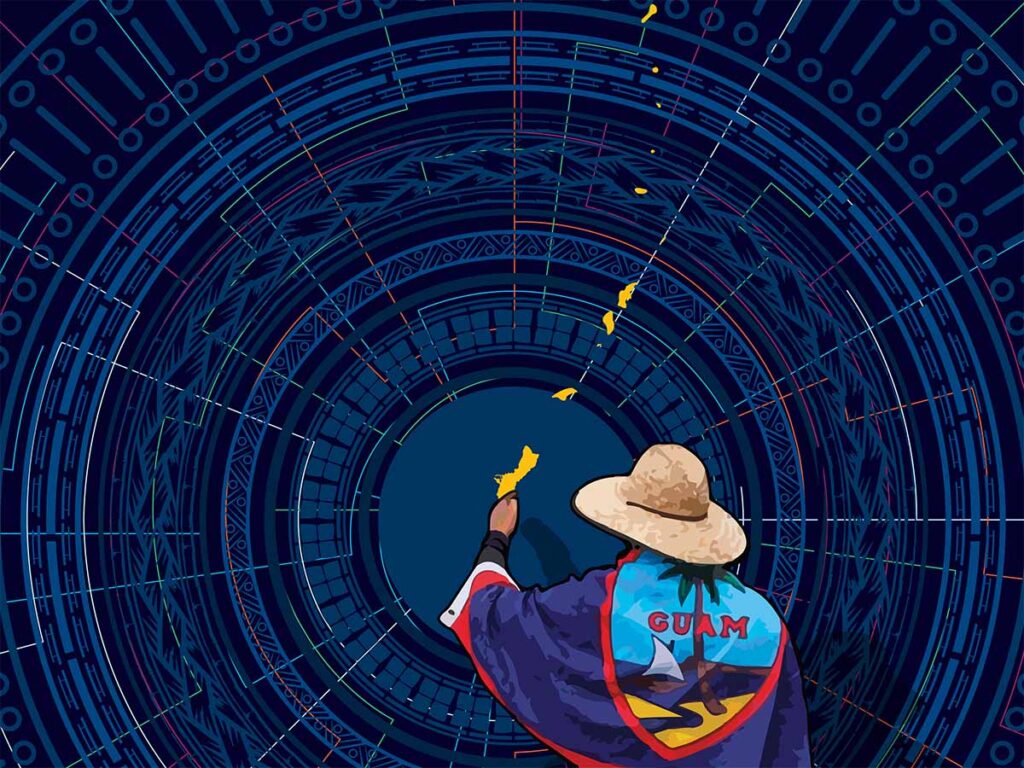Section 1: Introduction
Few issues in Guåhan’s history garner such diverse reactions as the efforts for CHamoru self-determination and the decolonization of our island. Opinions differ on the most viable political status option, who should participate in a political status plebiscite, and whether Guåhan should even continue to pursue a change in its relationship with the United States. Part of the challenge is visualizing what a change in political status would mean for our island’s people.
Section 1: Introduction Read Post »


